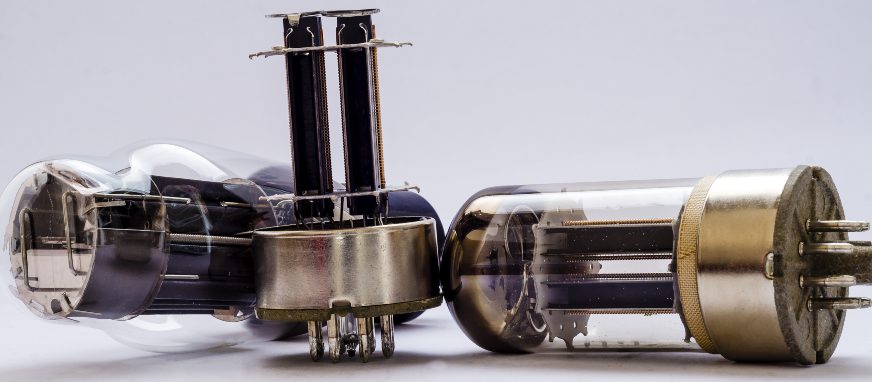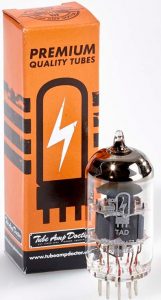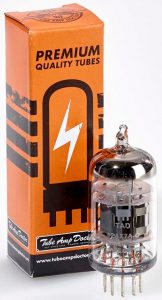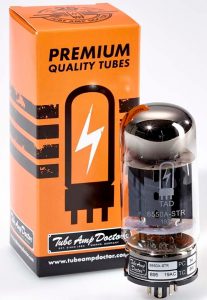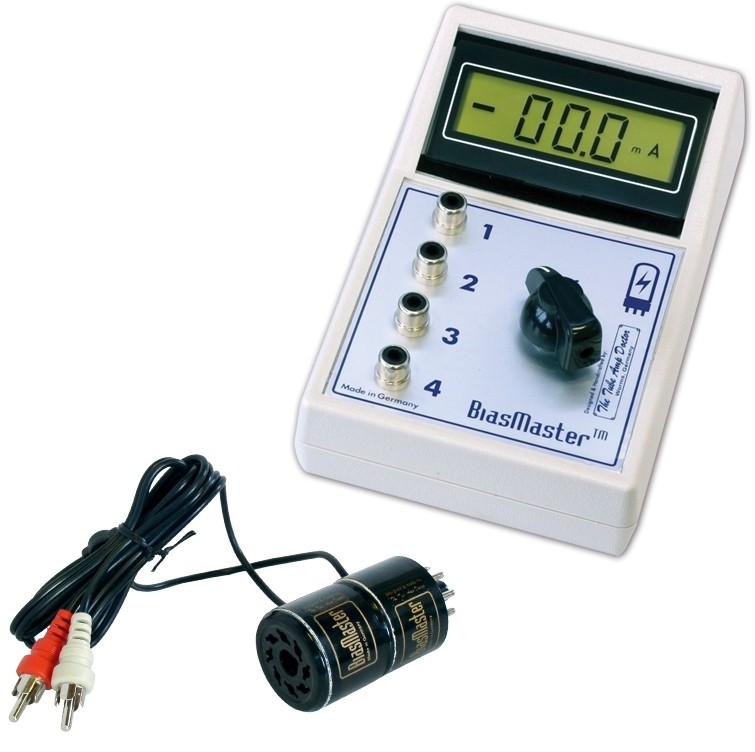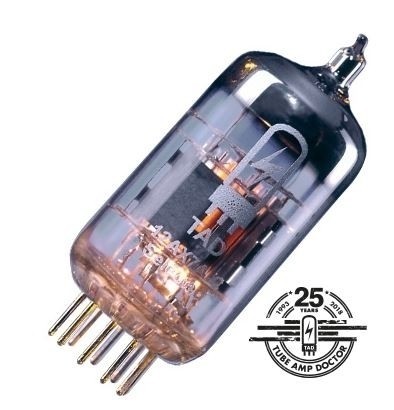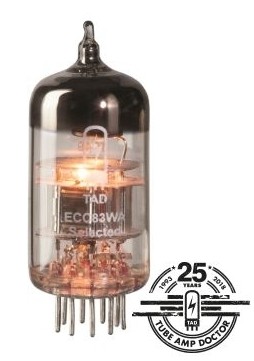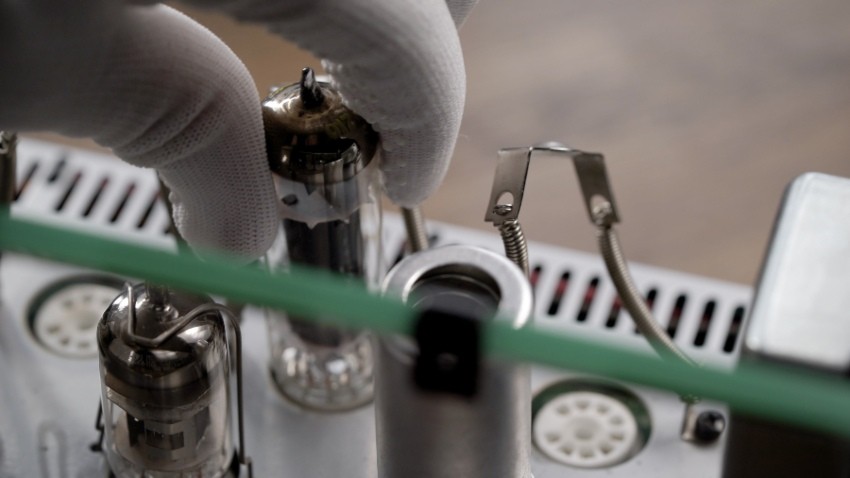Anyone who deals with the topic of tube amplifiers will sooner or later come across a list of the advantages and disadvantages of this old technology. At the top of the list of disadvantages is the increased wear on the valves. The fact that valves have to be replaced at some point is simply due to the functionality of the components. Today we’ll take a look at the actual service life of different amp tubes and give hints and tips on how to extend this service life.
Why do tubes in the amplifier age?
Electron valves have a hard life: with the help of a red-hot wire, they release electrons under load, helping to amplify quiet signals. The electrons travel the path from the cathode (i.e. the “heating wire”) to the anode in a vacuum. If we consider this physical process as being like transferring screws from one can to another, it becomes clear that the electron emission cannot be continued indefinitely. Although the cathode is not “empty” at any point, the amount of electrons released decreases over time.
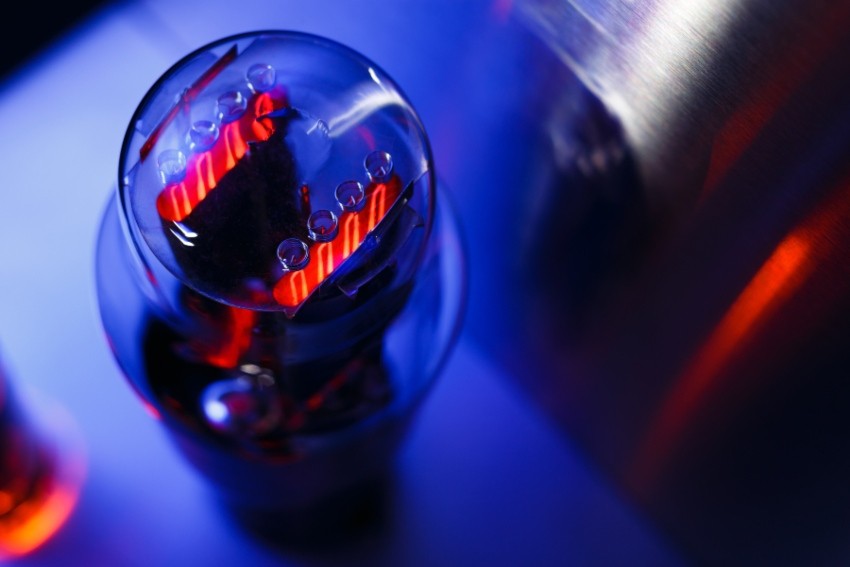
So the tube loses its “power”, and the output decreases.
In addition to the cathode, the valve in the amp itself is also subjected to some strains. During operation, the amp tubes are heated to high temperatures by the heating wire – which is not ideal for electronic components and can lead to signs of wear over many hours. After all, the different components expand when heated and also contract again when they cool down. Although the extent of the expansion is in the micrometre range, over a period of years it causes stress in the material. Material stresses also occur in the remaining components of the electron valves: anodes and cathodes are usually coated elements. These extremely fine coatings can be removed by vibrations. A permanent lack of current can also cause the cathode coating to peel off.
Storage, movement and external influences do the rest of the work to shorten the life of the amplifier tubes – it ages. But how fast?
How fast do the sensitive amplifier components age?
All the factors mentioned lead to the amp valves losing their performance and over the course of time they stop sounding in the way we’d like from a hi-fi tube amplifier or a guitar amp. The question of the service life is difficult to answer. Different components react with different strengths to stressful moments and so they can have very different lifetimes. So all these statements should be understood as a guideline and you can go either higher or lower.
Service life of pre-amp valves
Pre-amp tubes such as ECC81 or 12AX7 are exposed to significantly lower thermal loads than power amplifier valves. The amp tubes which are particularly responsible for the timbre of guitar amps are usually specified with runtimes of up to 10,000 hours. Unlike power amp valves, the most common reason for a pre-amp valve change in the guitar amp is therefore not the defect, but rather the desire for the amplifier to have a different sound.
Attention: If pre-amp valves are replaced in order to achieve a different sound, the removed electron tubes should be stored carefully and ideally upright. This will mean that the interior of the components will not be put under too much stress and they can be used again, even after several years.
Service life of power amplifier tubes
Power amplifier valves in the device provide the final boost and the necessary output power to supply the connected speakers with a sufficient level. So the greater ageing of the valves in the amp is mainly due to the higher thermal load. Due to the high performance of these electron valves, runtimes of about 2000 hours are achieved – always depending on the workload of the tubes in the amplifier. When changing the power amp valves, care must be taken to ensure that the quiescent current (also called bias) is set correctly. An incorrectly set bias leads to unwanted sounds and a lack of accuracy during playback.
HiFi valve amplifiers vs instrumental amplifiers
When it comes to the question of the service life of a tube, in addition to the type of construction and the actual load, it also depends on the type of valve device in which the respective component is used. As a rule, valves wear out much faster when used in guitar amplifiers than in Hi-fi amplifiers. The reason for this lies in the type of use: While instrumental amps play especially with a distortion at a high load, HiFi devices strive for the most neutral and faithful reproduction possible.
Especially if the distortion sound is to be achieved by the power amp distortion, it must be driven up to the absolute load peak. The loads achieved in this way (in particular thermally) shorten the service life of the components.
By the way: The typical distortion is traditionally the overdriving of the power amplifier valves. Since the extreme volume associated with this is not always wanted, most manufacturers rely on a pre-amp stage when reaching the overdrive sound.
The right approach – life-prolonging measures
In order to hold on to the amp valve for as long as possible, some principles should be observed when dealing with tube amplifiers. We’ve compiled the most important rules:
Avoid mechanical loads
Electron tubes are inherently hard-wearing components and are manufactured so stably that they can withstand even the highest thermal loads. However, what they don’t like at all is mechanical strains. The thin glass of the vacuum valves is just as sensitive as the fine glow wires or connection pins. So, when handling and storing electron tubes, it’s important to prevent shocks and impacts as much as possible.
Warming up and cooling down
The main strain which occurs during operation is the thermal energy inside the tubes. Very high temperatures can be reached during operation. These cause the fine metal components inside to expand and contract. In order to keep the loads on the material as low as possible, care should be taken to ensure that amp tubes are warmed up before operation. For this purpose, valve amps should first be warmed up in standby mode in order to go into full operation just a few minutes later. The cooling of the tubes is also part of proper handling: after switching off the amplifier, they should be given enough time to adapt to the ambient temperature.
Attention: Fast switching on and off can lead to the components not being able to expand and contract quickly enough, causing microscopic damage which can lead to a failure or loss of sound.
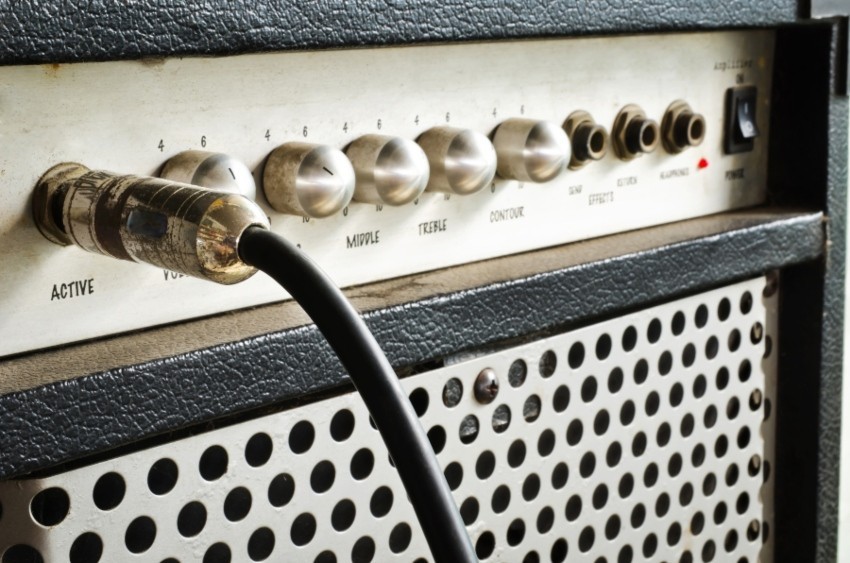
Power peaks
The greatest strains in electron tubes are caused by the heat during operation. The actual thermal load depends on how much the heating wire is fired inside the component. In order to provide as much power as possible, the electron emission also has to be boosted – the temperature rises. If strong distortions are to be achieved, the pre- or power amplifier has to permanently run at a high level. As a result, this leads to the service life of the components being shortened.
So, in order to achieve the longest possible service life, extreme power peaks should be avoided – but this is difficult to teach a lead guitarist…
Care
Inherently, electron tubes are quite hard-wearing components which don’t require special care. However, especially when installing and removing the vacuum valves, care should be taken to ensure that the contact pins of the tube are clean and free of impurities. If there is a bad contact between the socket and the contact pin, sound errors can creep in. To get around these problems, we recommend that you clean the contact pins of the electron valves of impurities. In the case of strongly oxidised components, a very fine emery paper can also be used to clear the metal pins. In the case of cleaning tube amplifiers, care should be taken to ensure that no unsuitable cleaning fluids are used, especially in the interior of the amps. Generally, a quick wipe over the components is more than enough for care.
When should vacuum tubes be replaced?
Basically, electron valves should be replaced whenever the first errors or sound losses can be detected. As a rule, these problems become apparent over a long period of time and slowly creep into the sound. Static, crackling or increased feedback behaviour may indicate that the pre-amp or power amp tubes need to be replaced. It’s difficult to predict when this point will arrive. Creeping sound changes are inherently difficult to detect. If the sound of your own amplifier is suddenly no longer to your liking, you should think about a valve replacement – often this freshening up is worth more than a completely new amp!
If the amp no longer makes a sound, it typically helps to take a look inside: if obvious defects on the electron tubes can be detected, the relevant part should be replaced in the amplifier. Black glass, no glowing during operation or mechanical damage are clear signs that it’s time for a valve replacement.
___________________________________________________________________________________________________________________________
Image sources:
Title image: © peuceta – stock.adobe.com
Glowing tube: © simone_n – stock.adobe.com
Tube replacement with gloves: © kustvideo – stock.adobe.com
Front part of a guitar amplifier: © tomgigabite – stock.adobe.com
 Tubeampdoctor Magazin
Tubeampdoctor Magazin
